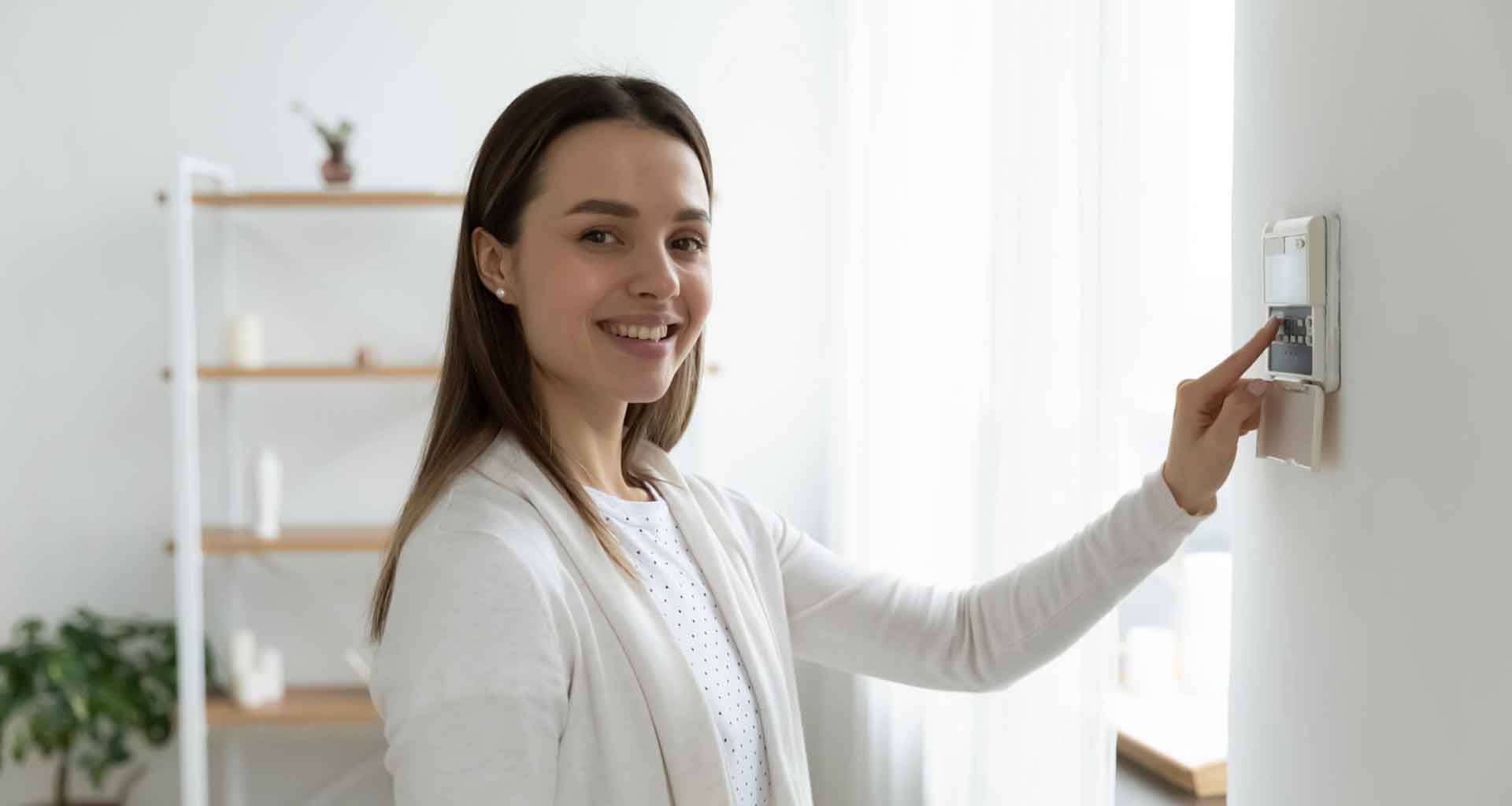Contents
The future of the market for home security firms is bright. Rising crime rates, falling prices of home security devices, and the growing adoption of IoT smart homes and cloud-based technologies are driving the sector to an estimated $62.3 billion by 2025. While the increasing demand for 24/7 monitoring service means that professionally installed products are expected to remain the largest installation type, the DIY (Do-it-yourself) segment is expected to experience the highest growth rate during the forecast period.
While opportunities abound for security firms, they are also faced with challenges. COVID-19 has thrown a wrench into even the simplest in-home installation. Customers simply do not want to admit technicians into their homes. One survey found that 65% of consumers agree that they would rather avoid technician visits due to safety concerns unless absolutely necessary. These safety precautions have given way to the era of remote technical support, where a technician can advise or guide a customer on how to unbox, install, or troubleshoot their home security system in DIY mode. But to accomplish this, security firms need sophisticated tools that will make this process quick and easy. Enter Visual Assistance.
What is Visual Assistance?
Visual assistance, powered by Video and Augmented Reality, allows users to instantly stream their mobile device camera or screen for real-time, interactive visual engagement. The technology allows remote agents or experts to see what their customers or technicians see through their smartphone cameras, and visually guide them to resolutions. Instead of attempting to explain with words, they can visually show them via step-by-step actions,movements and annotations.
Security firms can use visual assistance to guide the customer across every touchpoint, from sales, onboarding, unboxing, setup, and troubleshooting to operational guidance, maintenance, and repair. This technology delivers the capability to provide practical help, build relationships with customers, and generate more revenue via the contact center, field services, and self-service.
Alternatively, Visual Assistance powered by Computer Vision AI offers customers instant access to a trained AI system without holding in a phone queue or waiting for a service visit. Imagine talking to a virtual assistant that can see — it could offer customers a much more personalized and interactive experience when it has a firsthand view of the customer’s home, security product, or an error message. By transforming a self-service channel like web, chat, or online video tutorials into a visual experience, customers can better resolve issues by themselves without the need to contact the company’s support center or to schedule a technician visit.
5 Ways Home Security Firms can Boost CX with Visual Assistance
1. Impress customers with easy installations/replacements
With DIY alarms that do not require installation assistance or a monitoring service getting cheaper and more popular, security firms must take steps to make their products easier to use in order to compete in a crowded market. Visual assistance makes the installation process a breeze. Customers simply use their smartphone cameras to transmit images and videos of their security products to remote experts for assistance with unboxing, installation or replacement. Bridging the visual gap between customers and security experts enables quick and accurate resolutions. If self-service is preferred, image recognition capabilities can be integrated into existing conversational tools, enabling interactive and personalized AR-powered visual assistance to help customers through the installation process.
2. Make home alarm system troubleshooting easy and simple
One of the most common inquiries to a security firm’s contact center is for a beeping or chirping noise that is being emitted from a home alarm system. Oftentimes the sound is a result of a low battery, something that can be easily fixed by the homeowner without a technician on site. With visual assistance, a pe-defined flow of visuals can easily guide the customer through the process of replacing the unit’s battery. This type of guided assistance eliminates repetitive inbound calls, reduces call volumes, and improves the customer experience. If the customer is unable to resolve the issue, they can be transferred to a live agent who can pick up the troubleshooting flow where it left off by accessing the captured images.
3. Take technician training to a new level
Like in many other industries, training has become a critical area for security firms as seasoned technicians retire, leaving a knowledge gap for the next generation of technicians who have less experience. Using visual assistance, junior technicians who need on-site support can point their smartphone or tablet at the equipment and show it to the senior remote expert, driving efficiencies in the resolution process as the expert can more easily see the technician’s issue and walk through the steps to the fix, effectively providing on-the-job training.
Once fixed, the technician can point his device at the equipment again and the expert will verify that it has, in fact, been fixed properly. These visual sessions can be recorded and made available on the company’s training portal to help others.
4. Implement an efficient 3G Upgrade
By the end of 2022, 3G wireless technology is set to become obsolete as manufacturers and MNOs shift towards 4G LTE and 5G. With an estimated 64 million IoT devices –including many security products — in the U.S running on 2G or 3G networks, security firms will need to determine the best way to retain and upgrade customers impacted by the 3G sunset. Dispatching technicians en masse to customer homes is an option, but a costly one.
A better approach for home security firms to sunset 3G systems is to ship a package with all the equipment necessary to upgrade the system to the customer’s residence, and use remote visual assistance to guide the consumer with the upgrade. Visual assistance can also be utilized to define a pre-defined visual workflow that can walk the customer through the upgrade process in self-service mode, eliminating the need to contact the security company’s service center altogether. This reduces costs all around, improves safety levels by avoiding technician dispatches, and improves the CX.
5. Turn a profit from upsells
Security firms realize that contact center agents and field service technicians are probably the best placed salespeople within the organization. Through regular contact with customers, they are positioned to build the kind of valuable relationships that can more easily drive revenue through upsells, like extended warranties, service contracts, or replacement cameras. And research shows that upselling increases revenue by 10-30% on average. Using visual assistance allows security agents to work together with customers to visually understand their issue, building connections and empowering agents to drive more sales.
Improving CX is Key for Home Security Firms
With research indicating that 55% of U.S. households report feeling “safe enough” with only a self-monitored home security system, the time has come for security firms to build customer loyalty with innovation. Visual assistance is a powerful CX-driving technology that can help security companies impress their customers with installations, make troubleshooting simple, take training to a new level, implement an efficient 3G upgrade, and turn a profit from upsells.






